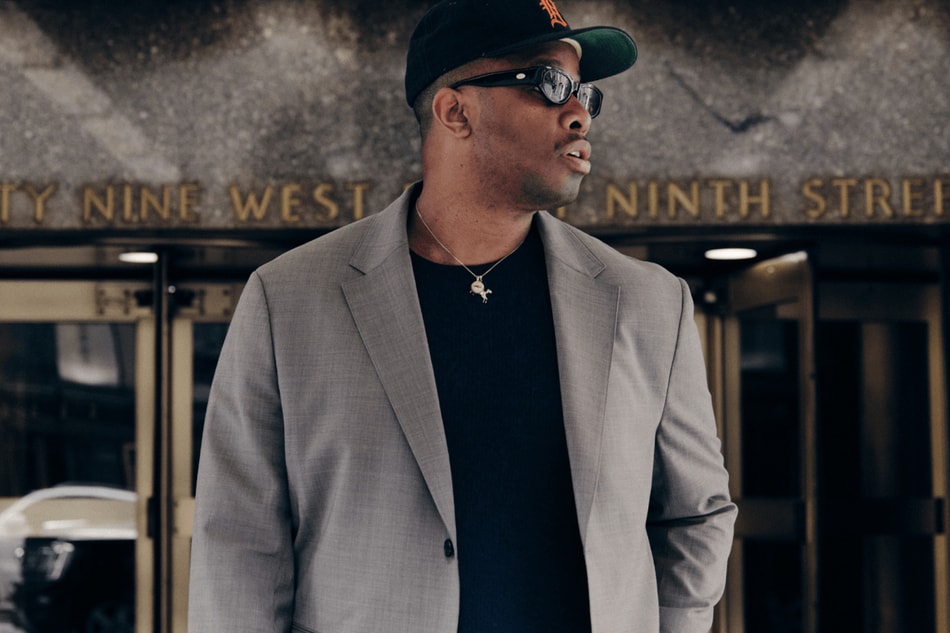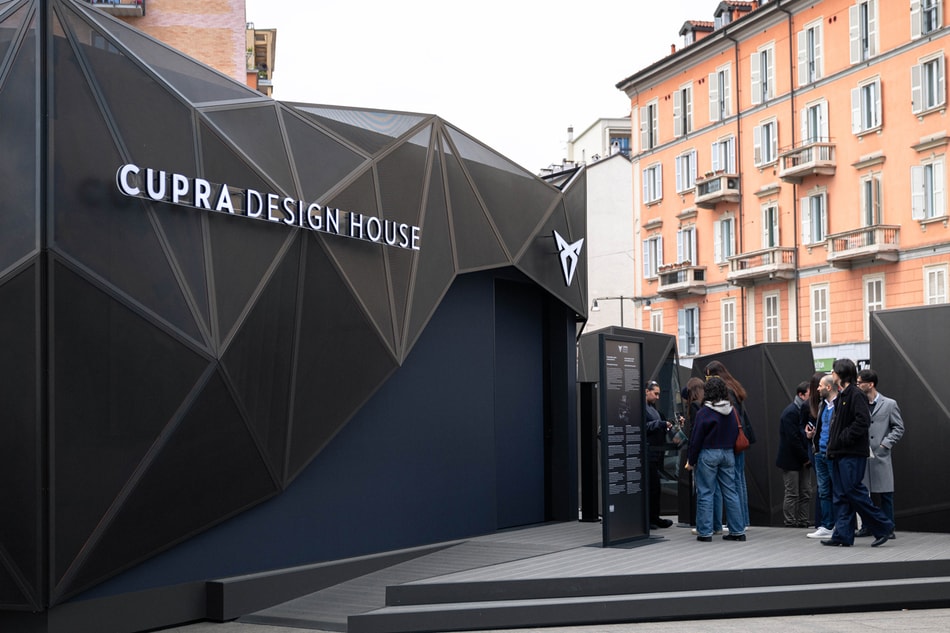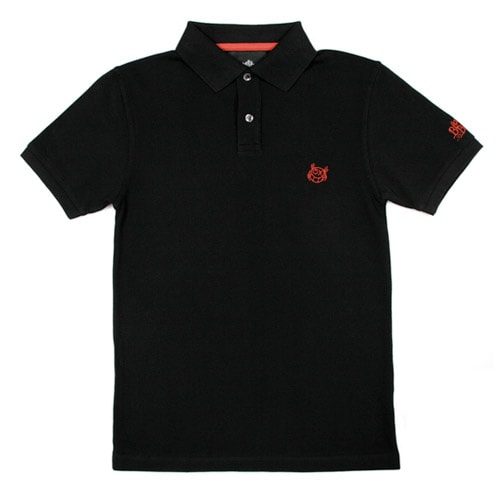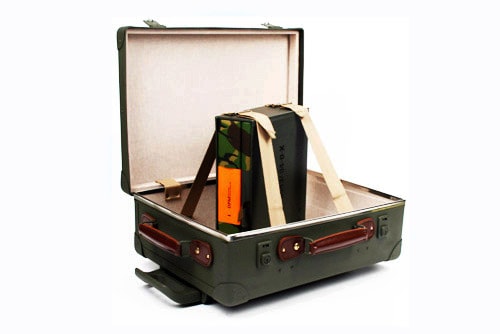HYPEBEAST Interview with Edwin Ushiro
The artwork of Edwin Ushiro may be labeled as new contemporary yet his concepts hold no labels

The artwork of Edwin Ushiro may be labeled as new contemporary yet his concepts hold no labels or boundaries. Working with various mediums, the multi-faceted Hawaii native creates beautiful pieces of art from an extraordinary imagination and endless childhood memories. Working alongside some of the top names in the industry of art and television including NBC, Sony, and Paramount, Edwin showcases a range not seen very often. With a slew of projects on his hands including gallery and commercial pieces, the sky is the limited for this up and coming artist.
Edwin, we first learned about your work during the recent solo exhibit titled, “While The Tides Guide You Back Home”, what was your inspiration behind the exhibition? What’s the meaning behind the name?
Drawing inspiration from mythology, one forgets that we are all creating our own mythology. Once I understood that, it opened the flood gates. “While Tides Guide You Back Home” explores the theme that our mythology is intertwined with past mythologies. Both mythologies can be viewed as experiences very similar towards each other. I used to think that what I was doing was simply reflecting on my regret for leaving my family and friends, and its true, but underlying that is this deep urge to understand the mythologies I participate in so I can learn who I am and not forget where I come from.
Does utilizing a mixed media medium have an advantage as far interpreting your emotions through your artwork?
The way I work is just the natural tendencies I am guided through in order to arrive at the solution that comes close to (if not matches) what I imagined in my head.

Many of your works are based off your native land of Hawaii, do you spend a lot of time in Hawaii?
Unfortunately no, that is why I paint about being back at home.
You have held quite an impressive amount of titles including Art Director, Storyboard Artist, Cinematographer, Visual Consultant and so many more. Which title do you enjoy the most? And how does that compare to working as a solo gallery artist?
Wow, we are speaking of 2 different worlds. One gives me the opportunity to explore someone’s ideas while the other gives me a free range because I am the subject matter. They both have their own challenges. Working in Film, you have restrictions, but the opportunity to work on stuff outside of things you would normally create in your personal artwork. For example, I got to draw robots, vehicles, and explosions for Battlestar Galactica, which I would never do in my own art. Working in both worlds feed off each other. Right after working on that show, I realized I would like to see more action involved in my personal artwork. Then sometimes while I am doodling in m sketchbook, I would come up with a character, technique, or idea that would fit in a commercial project I am working on at the moment.

Working alongside some of the biggest names in the art/film industry, what has been the biggest perk or moment you have experienced while on set?
Being involved with inspirational filmmakers in love with their art.
You have been very successful in relatively a short amount of time, when did you begin to realize how far you’ve come as an artist?
Really? I personally still think I am struggling.
What can we expect from Edwin Ushiro for the rest of 2008 and into 2009?
Right now I am doing a mini series about Madame Pele, the Hawaiian goddess of fire, lightning, dance volcanoes and violence. I hope I don’t cause a volcano eruption. For the rest of the year I will be involved in a group show at Illustrative in Zurich, Switzerland as well as being a participant in Scion’s Installation 5 Tour. As for 2009, I will be in Seoul, Korea for yet another group installation followed by my 3rd solo show at Cerasoli-Le Basse Gallery in Los Angeles. Busy Busy.
Thank you so much for your time Ed, do you have any final thoughts or closing words?
I just want to say thank you and who knows what the future will bring!
Interview by: Luis Ruano









